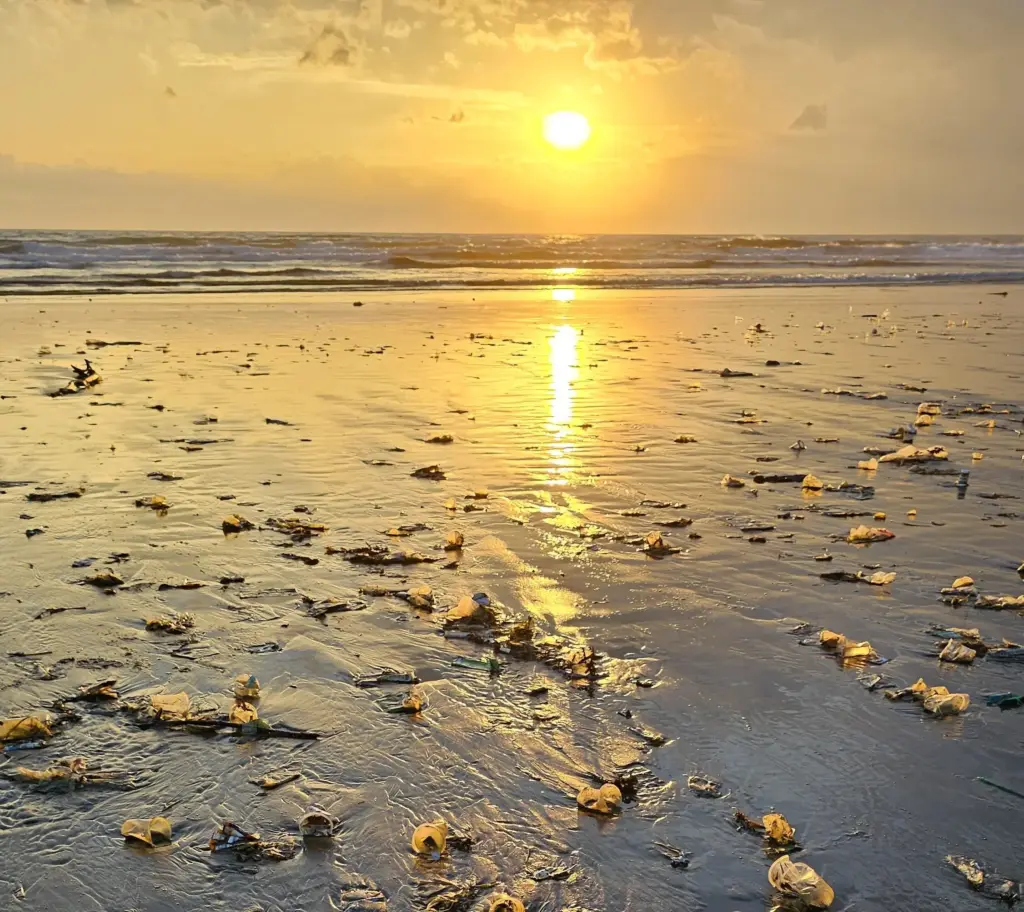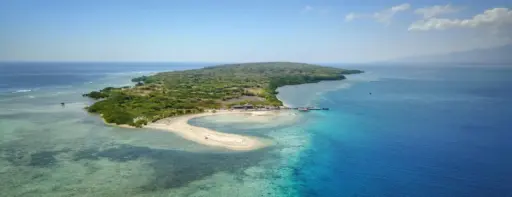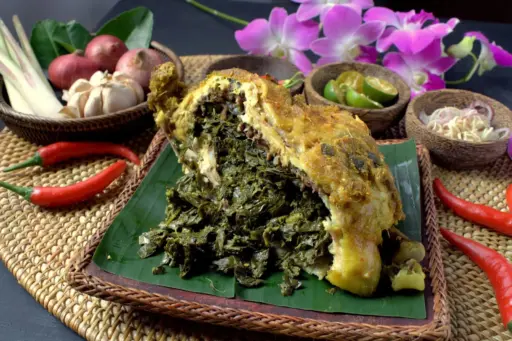Plastic Waste and Tourism’s Footprint in Bali: Paradise vs Plastic
Bali conjures images of turquoise waves, lush rice terraces, and sunsets that seem painted by the gods. But alongside the postcard beauty is a less Instagrammable reality: plastic waste. From straws washed ashore to clogged rivers after heavy rains, Bali’s plastic problem has become one of the island’s defining challenges.
This is not just a local issue – it is deeply tied to tourism. Visitors arrive expecting paradise, yet their very presence often adds to the strain. The relationship between tourism and plastic waste is a complicated one, and, like most things in Bali, it carries equal parts frustration, humour, and hope.
How Bali Got Buried in Plastic
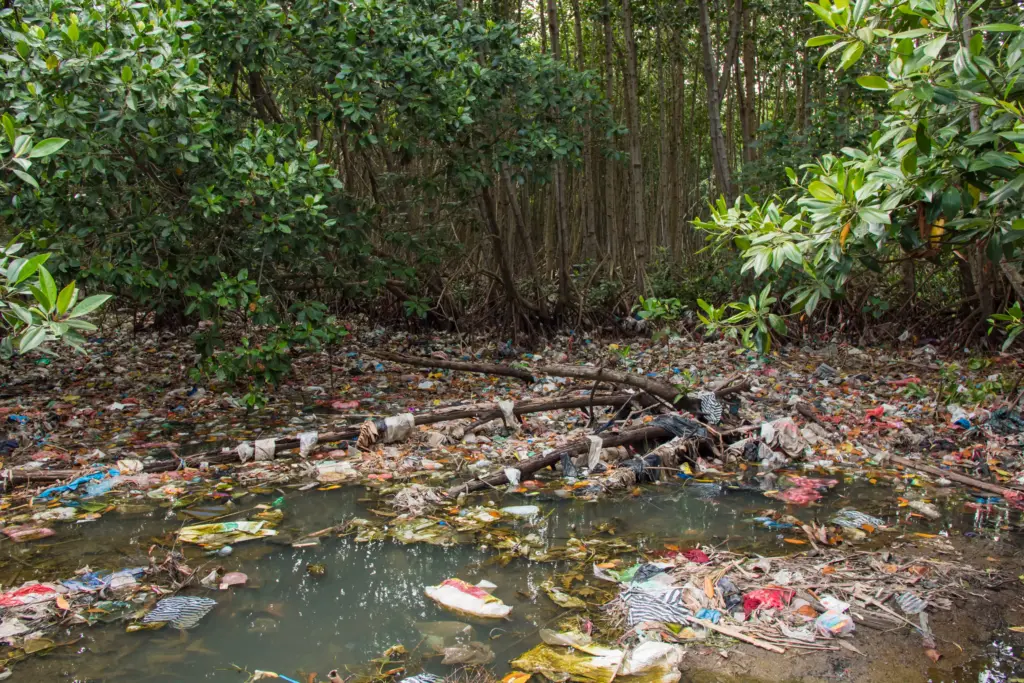
Plastic is not unique to Bali, of course. Southeast Asia struggles with limited waste infrastructure, and much of the region’s plastic ends up in rivers and seas. But Bali’s case is intensified by the sheer scale of tourism.
Each year, millions of travellers visit the island, and each one consumes bottled water, takeaway meals, shopping bags, and countless packaged items. Add that to local consumption, and you have mountains of waste that the island simply cannot process quickly enough.
Heavy tropical rains make things worse. Rubbish tossed in rivers or drains ends up flowing into the sea, only to wash back onto Bali’s beaches. That Instagram shot of Kuta at sunrise sometimes includes a sea of straws, cups, and sachets.
Tourists and Their Plastic Habits
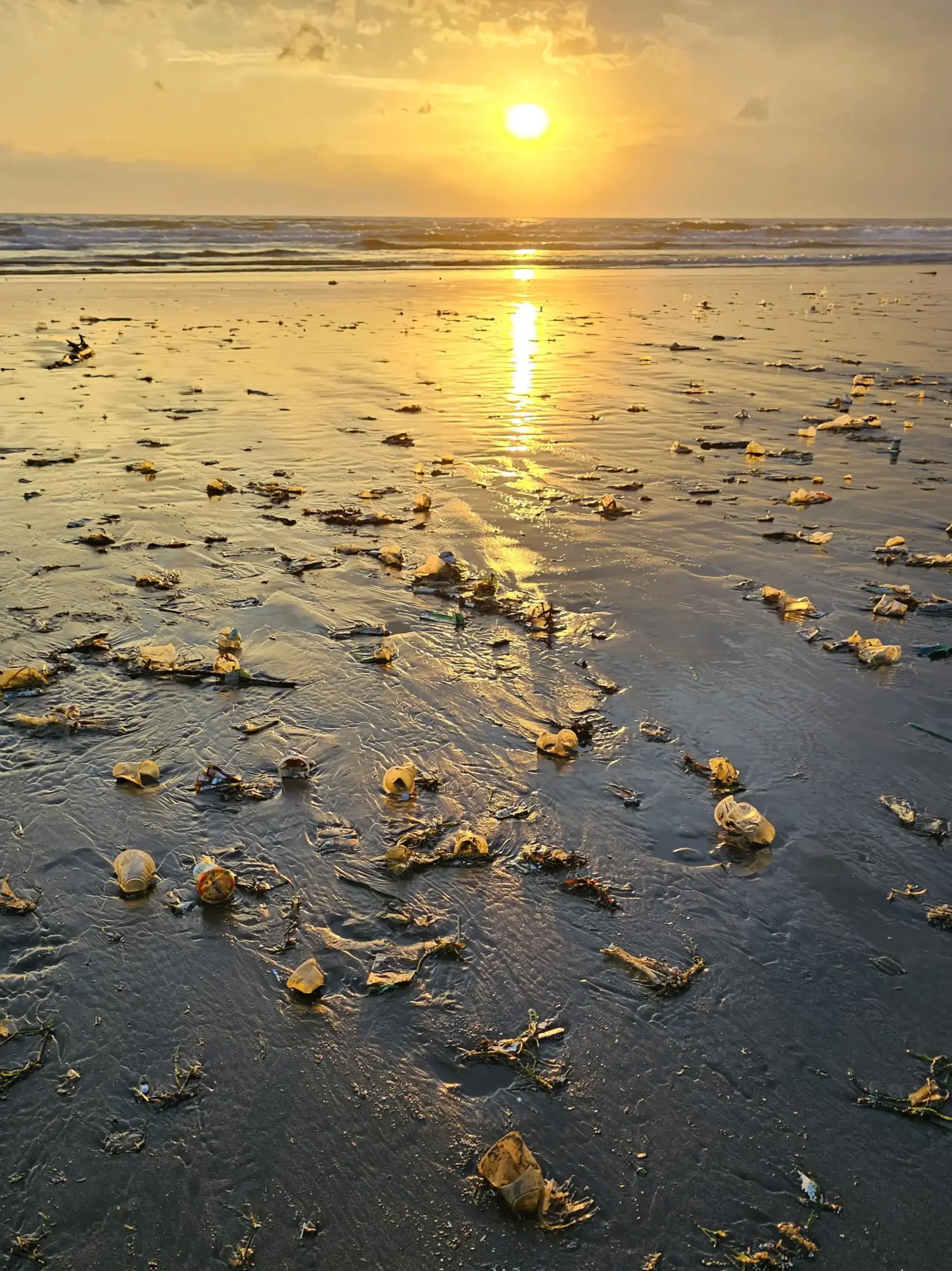
It is easy to point the finger at “local waste systems” and also the single-se cups favoured by locals at ceremonies, but travellers are far from innocent.
· The Bottled Water Dilemma: Bali tap water is not safe to drink, so most tourists rely on bottled water. A week’s holiday can add up to dozens of plastic bottles per person.
· Convenience Culture: Smoothies, iced coffees, nasi goreng to-go – many are served with plastic straws, cups, or wrappers, unless you specifically ask otherwise.
· Shopping Bags Galore: Even small purchases often come in plastic bags, though bans are slowly reducing this habit.
Multiply these habits by the daily arrivals at Ngurah Rai Airport, and you have a serious footprint.
The Local Struggle with Waste Systems
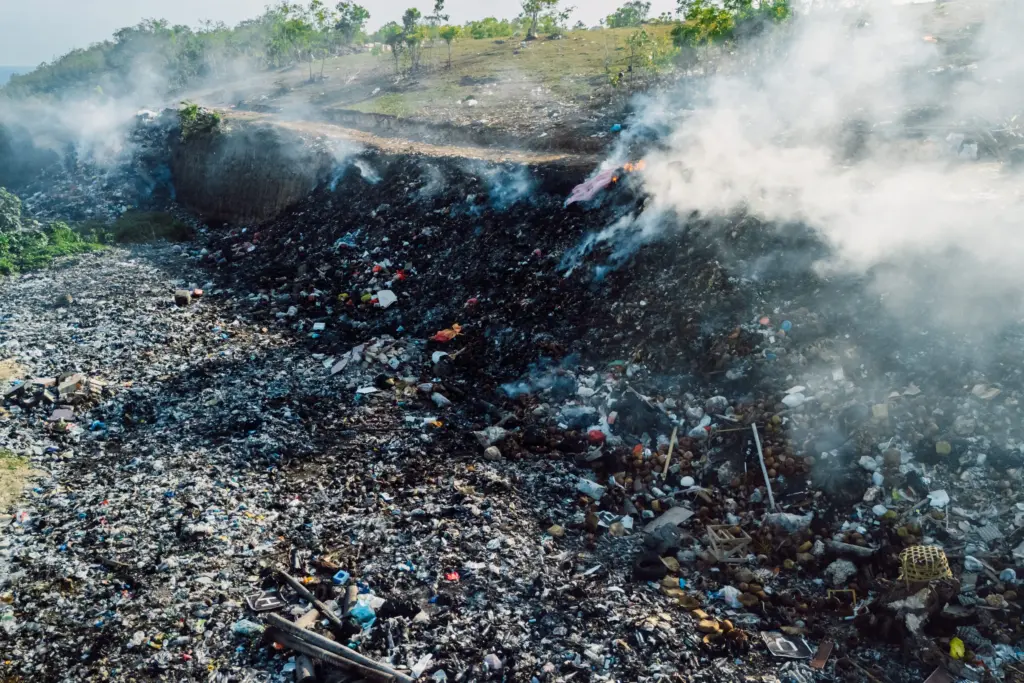
Bali does not have the infrastructure to manage the amount of waste it produces. Landfills overflow, village dumps are poorly managed, and recycling is patchy at best. Some areas burn rubbish, releasing toxic fumes, while others dump it in rivers.
Locals are caught between tradition and modernity. For generations, offerings were wrapped in banana leaves that decomposed naturally. Today, many are wrapped in plastic for convenience – leaving piles of waste even at temples.
Efforts to Tackle the Problem
The good news is that Bali is not ignoring the issue. In fact, some of the most inspiring grassroots movements in Indonesia are happening here.
· Bye Bye Plastic Bags: Founded by two Balinese sisters, this movement helped push the island-wide ban on single-use plastic bags, straws, and Styrofoam in 2019.
· EcoBali Recycling: A private initiative that collects, sorts, and recycles waste for households and businesses.
· Beach Clean-Ups: From Canggu to Sanur, organised beach clean-ups attract volunteers every week, including tourists. It is both a community effort and, oddly enough, a social event.
· Refill Stations: Increasingly, cafés and hotels offer free water refills if you bring your own bottle. Apps now map out where you can top up instead of buying bottled water.
These initiatives prove that solutions exist – it is about scaling them up and changing habits.
What Tourists Can Do (Beyond Complaining)
Travellers often love Bali but forget that their behaviour has real impact. A few changes can make a big difference:
1. Bring a Reusable Bottle: Take advantage of refill stations instead of buying bottled water.
2. Say No to Straws: It is a cliché slogan, but it works. Bali has plenty of bamboo or metal alternatives.
3. Support Eco-Friendly Businesses: Choose restaurants and hotels that minimise plastic and manage waste responsibly.
4. Join a Beach Clean-Up: It takes an hour, but it leaves a mark – not just on the beach, but on your perspective.
5. Travel Mindfully: Remember that Bali is not a disposable playground. Respect for the island includes respect for its environment.
Locals’ View on Tourist Responsibility
Balinese people are famously polite, but speak to locals candidly and you will hear mixed feelings. Many welcome tourism – it brings jobs, income, and global recognition. But there is frustration when visitors complain about plastic without realising they are part of the cycle.
One café owner in Uluwatu put it bluntly: “You drink three bottles of Aqua, throw away two plastic bags, and then post on Instagram about Bali’s trash. Do you see the problem?”
It is a fair point. Tourism can either worsen the crisis or help solve it.
Bali’s Future: Paradise or Plastic Paradise?
Bali stands at a crossroads. On one hand, it risks being remembered not for its temples and beaches, but for its trash-strewn shorelines. On the other, it has the potential to become a model for sustainable tourism in Southeast Asia.
With global attention, strong local movements, and increasing awareness among travellers, the tide could turn. But it requires consistent effort – from governments, businesses, and yes, the tourists who fly in for a week of sunsets and surf.
Plastic waste is Bali’s uninvited guest, showing up at every beach party, temple festival, and roadside market. Tourism has fuelled the problem, but it can also fuel the solution. The island’s future depends on whether travellers see themselves as part of the problem or part of the fix.
Next time you post that dreamy beach photo, ask yourself: did I leave behind more than just footprints in the sand? Because in the end, paradise deserves better than plastic. Wander Beyond Ordinary!
